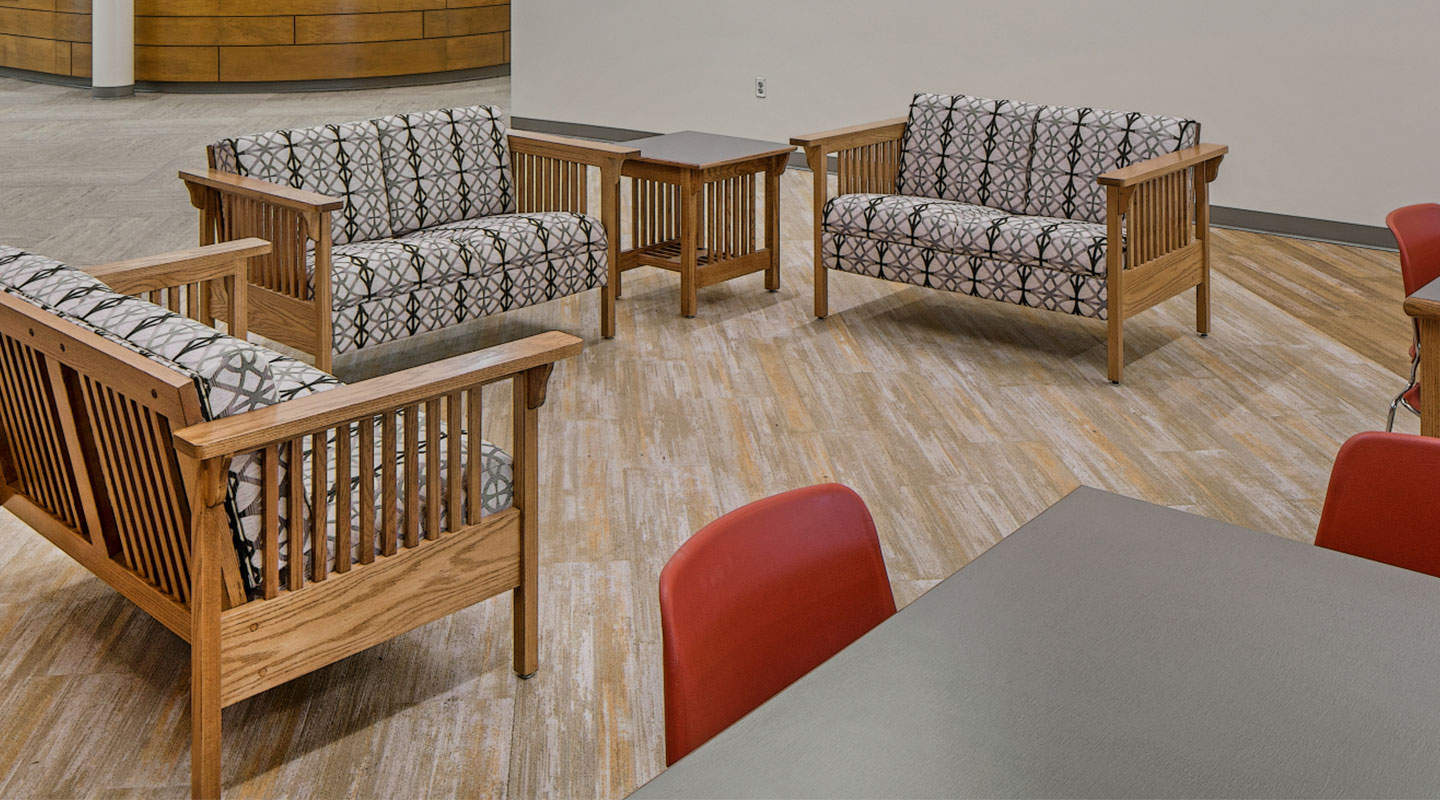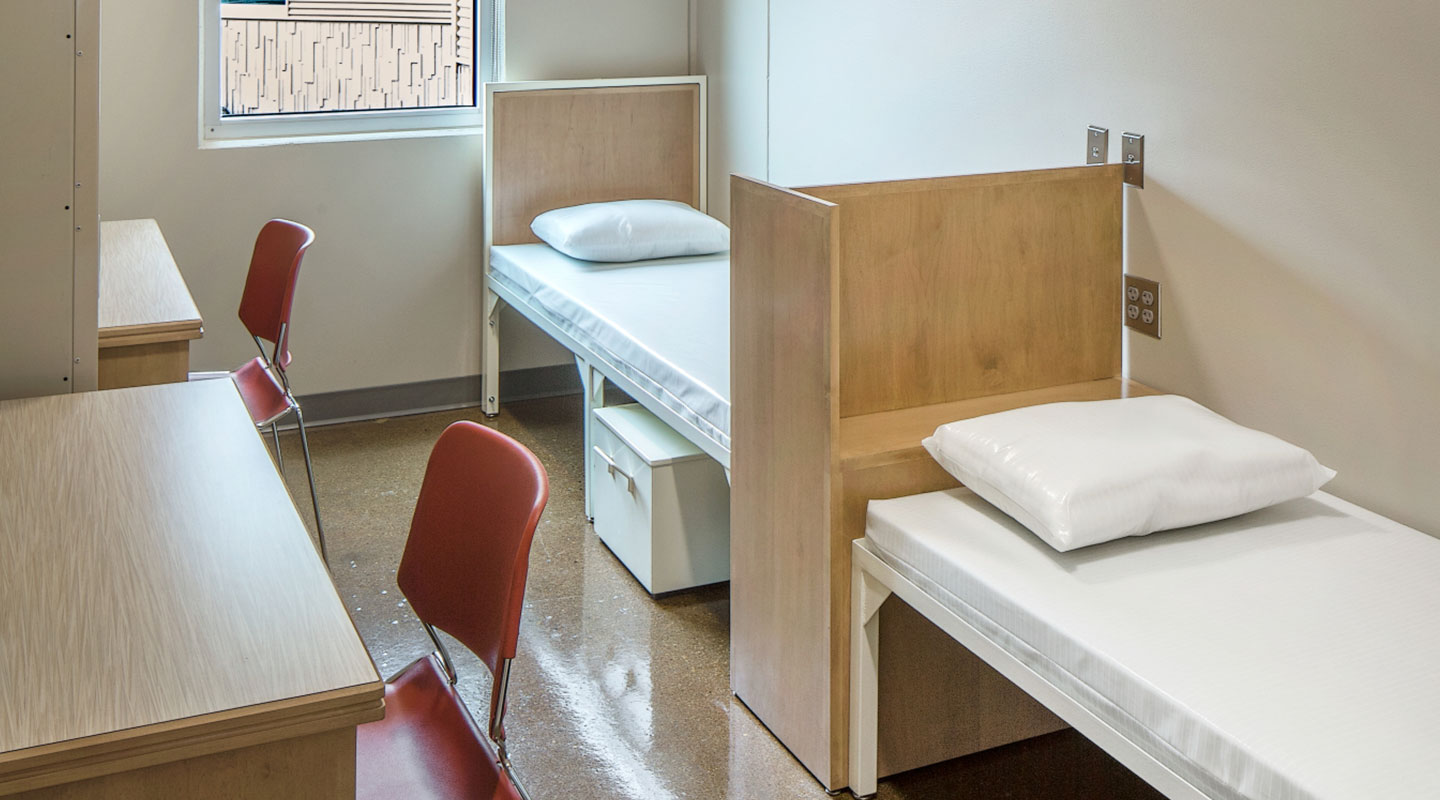For centuries, correctional architecture in the U.S. has followed a pattern of structure, geometry, and configuration driven in part by the belief that isolation and hard work will remedy criminal behavior–a philosophy that dates back to the early days of the U.S. A vast infrastructure of prisons and jails exist around the country that were designed to control behavior and limit personal choice as an extension of this philosophy.
Studies of human behavior, economics, and recidivism have revealed that although the fear of being jailed may prevent some individuals from committing some crimes, incarceration alone as a punishment does not deter future crime. Furthermore, the unintended consequences of incarcerating one person can impact layers of friends and family members, until families, entire zip codes, even racial groups, are adversely affected. The direct and indirect costs of incarceration affect all of us, from our tax rates to the quality of the community structure in which we live.

Since 2007, we have worked with the Nebraska Department of Correctional Services (NCDS), including a statewide correctional masterplan in 2014. Pictured is the Community Corrections Center in Lincoln, Nebraska.
In the past, it was possible for certain populations to isolate themselves in pockets of society that had little contact with the formerly incarcerated. Now, with a greater than 25 percent incarceration rate nationwide, nearly everyone is just a step or two away from a family member, colleague, or friend who has served time. In any given jurisdiction, between 85-95 percent of those incarcerated will be released back into the community. Formerly incarcerated individuals live and work with us every day. Helping those who commit crimes to reintegrate successfully and make different choices that do not involve criminal behavior is the new benchmark for success in corrections.
The challenge for correctional design lies in crafting a built environment that allows for, even encourages, human improvement. A wide range of programs are offered in most correctional systems. Everything from addiction treatment to anger management is available to help incarcerated individuals to change into better versions of themselves. At the same time, the physical structure of most correctional facilities alternatingly forces unwanted interactions or isolation, clangs the ears with loud sounds assaultive to those in a state of heightened alert, and generally inflicts a heightened level of stress on inmates. These conditions are inconsistent with motivating lasting, improved change.

Our NCDS master plan re-examined allocation and utilization of facilities statewide, both in terms of core capacity and housing capacity, with an emphasis on maximum re-use of existing facilities.
Our justice team has been challenged with this issue for nearly a decade, stretching the configuration of special treatment units closer and closer to “normal” as a means to improving the human condition. We are pushing into new territory with our approach to correctional design by asking tough questions about why prisons and jails look the way they do, and probing more effective alternatives for the future.